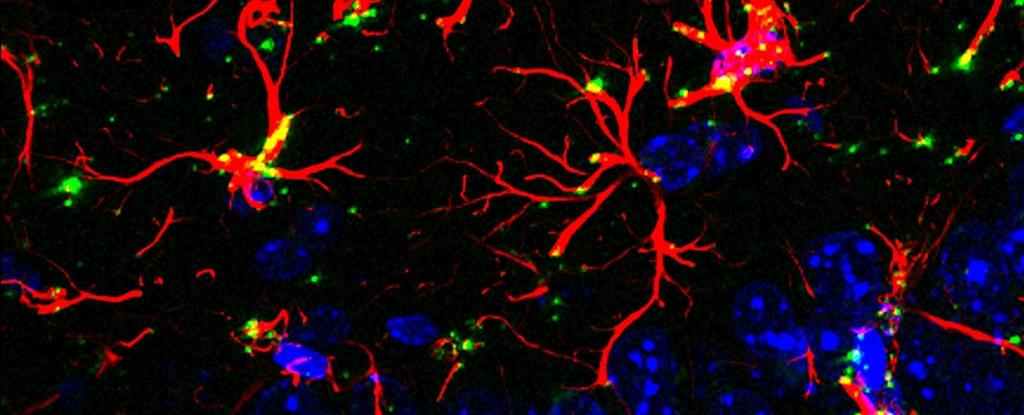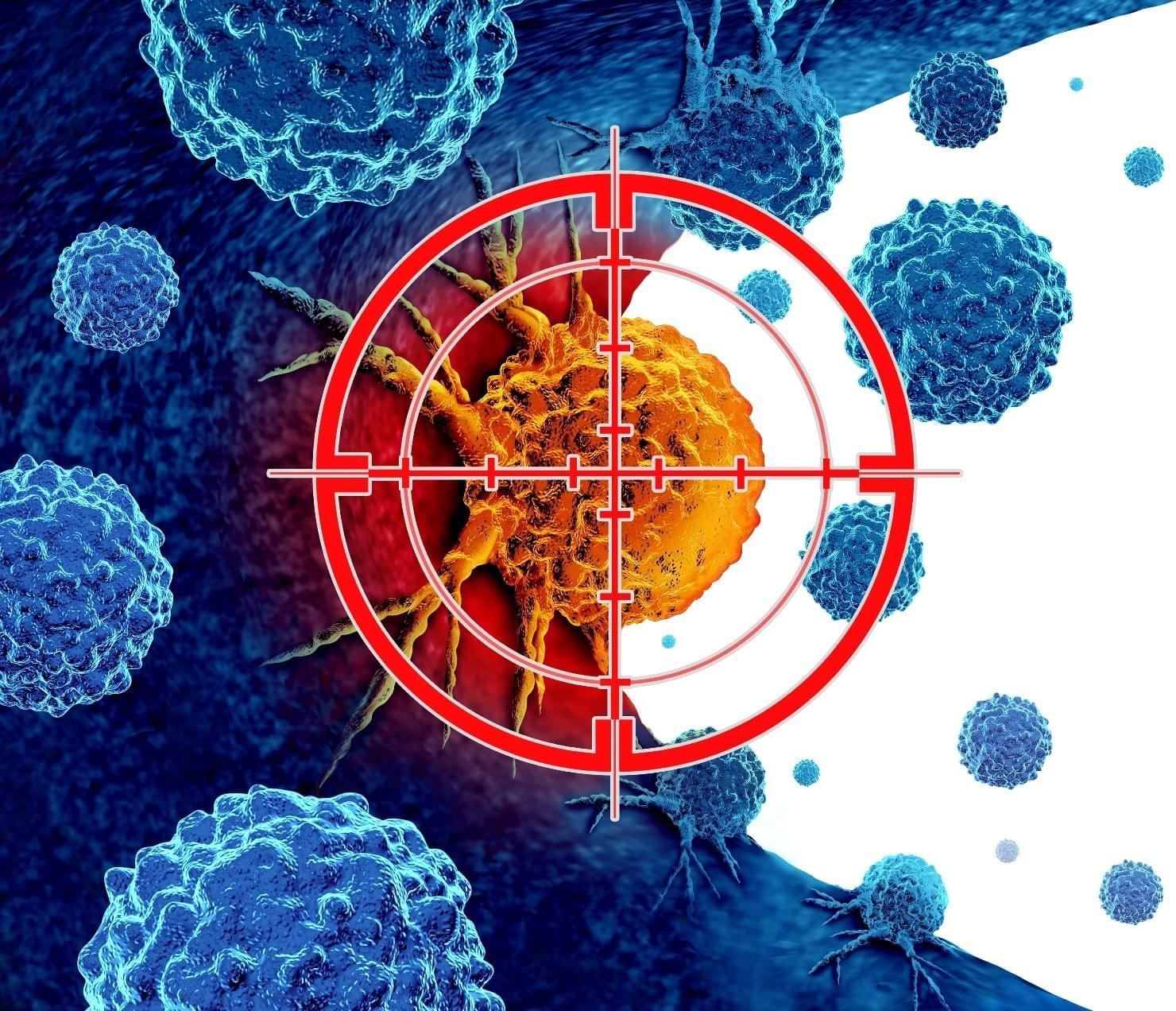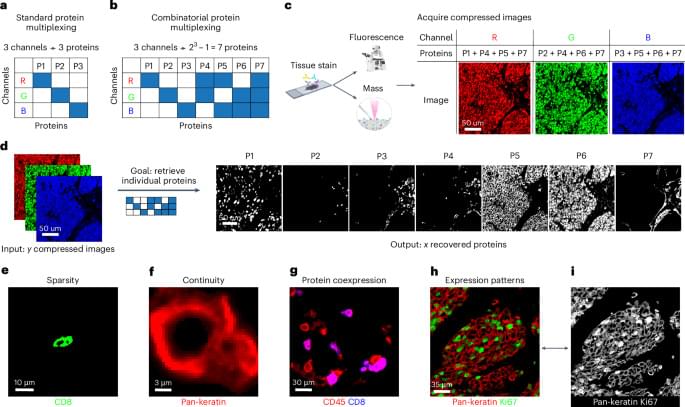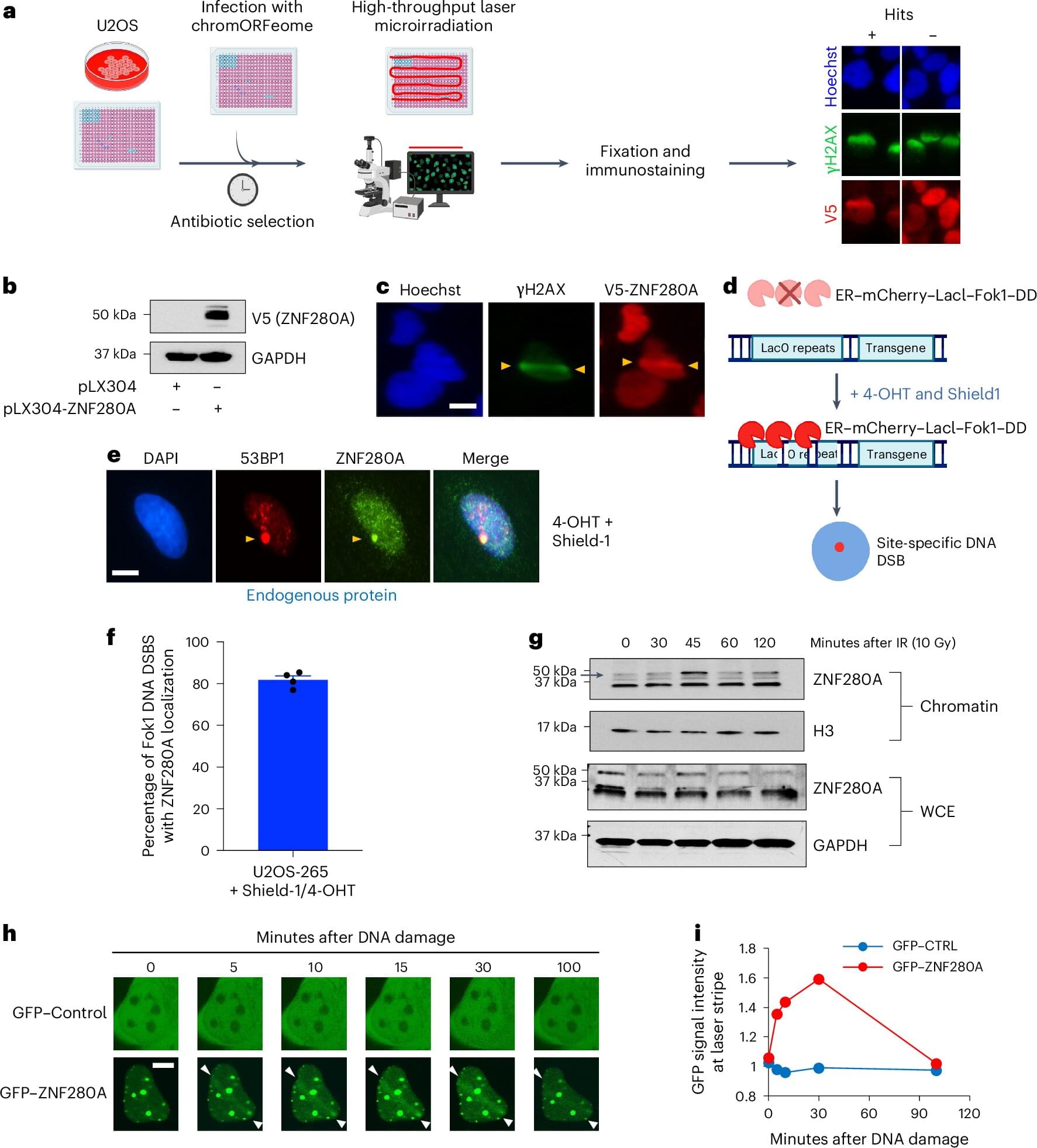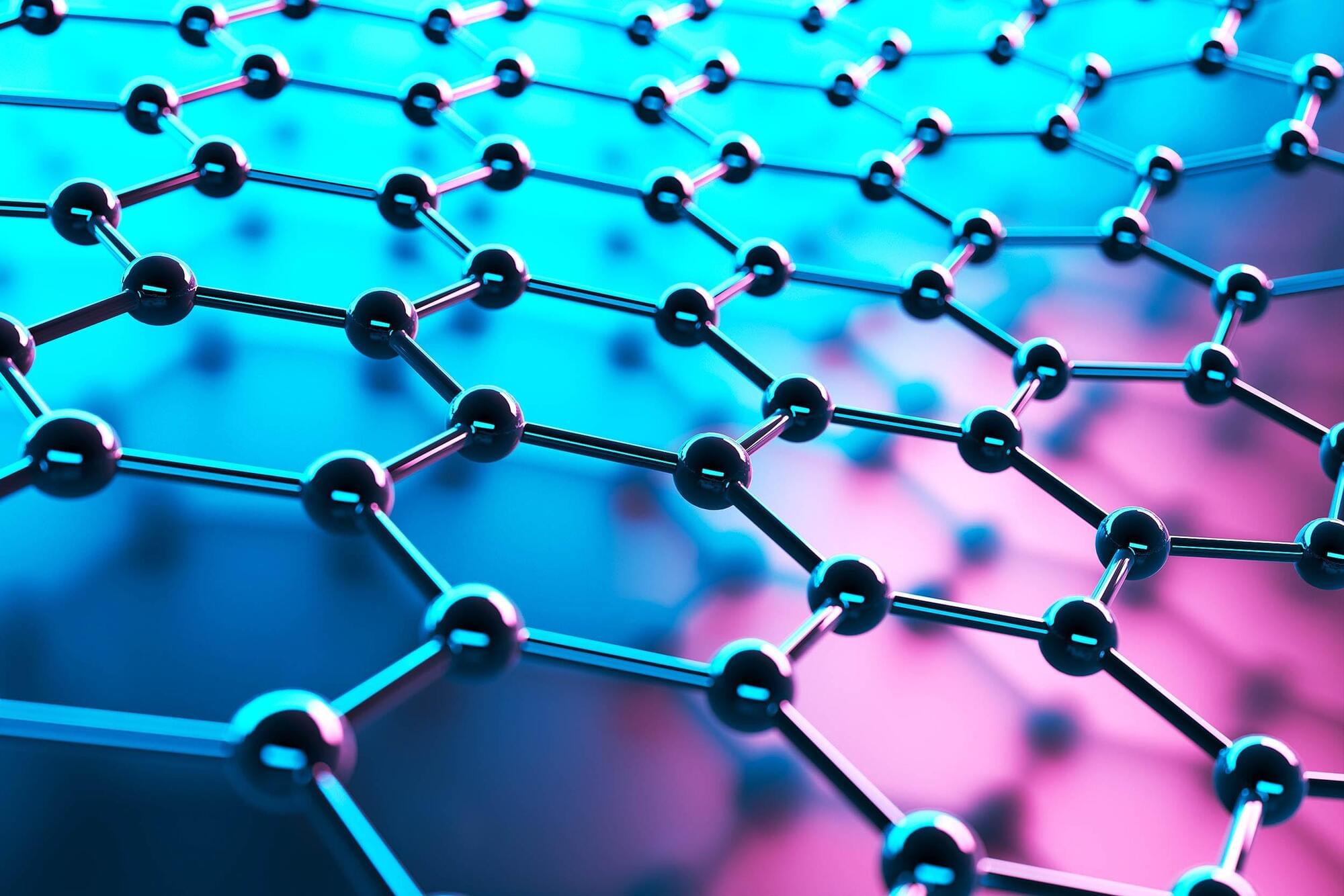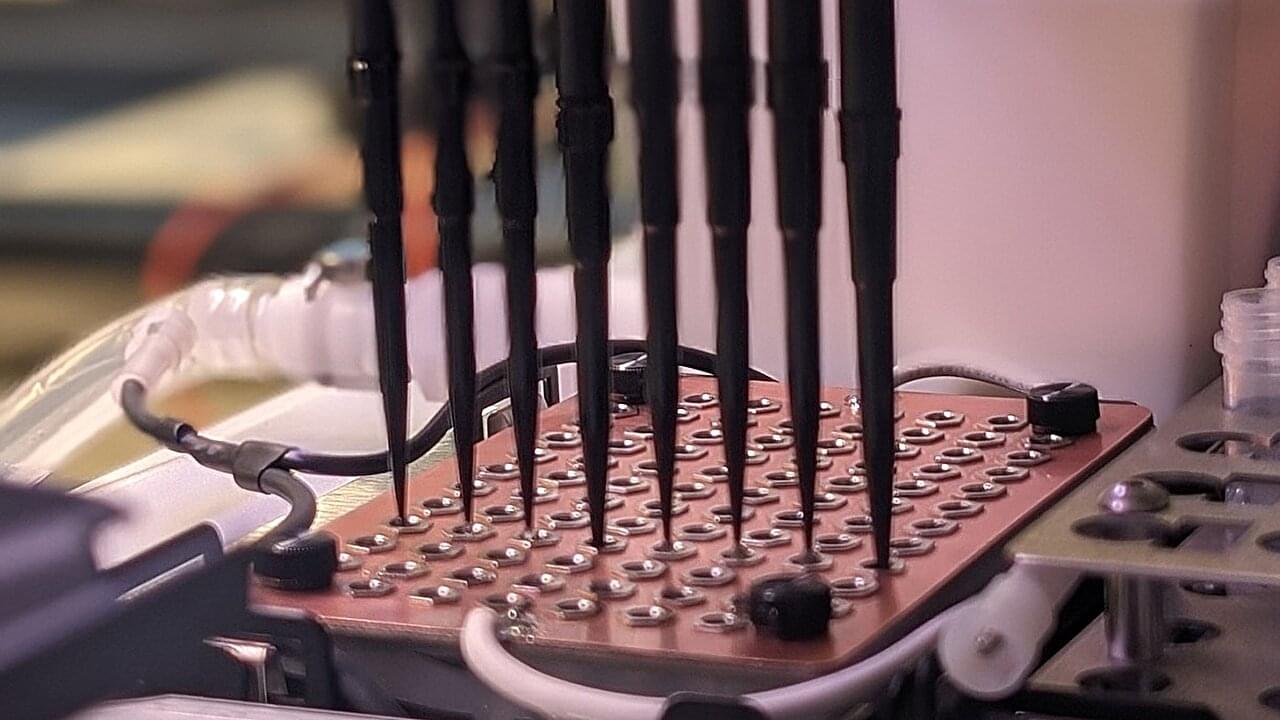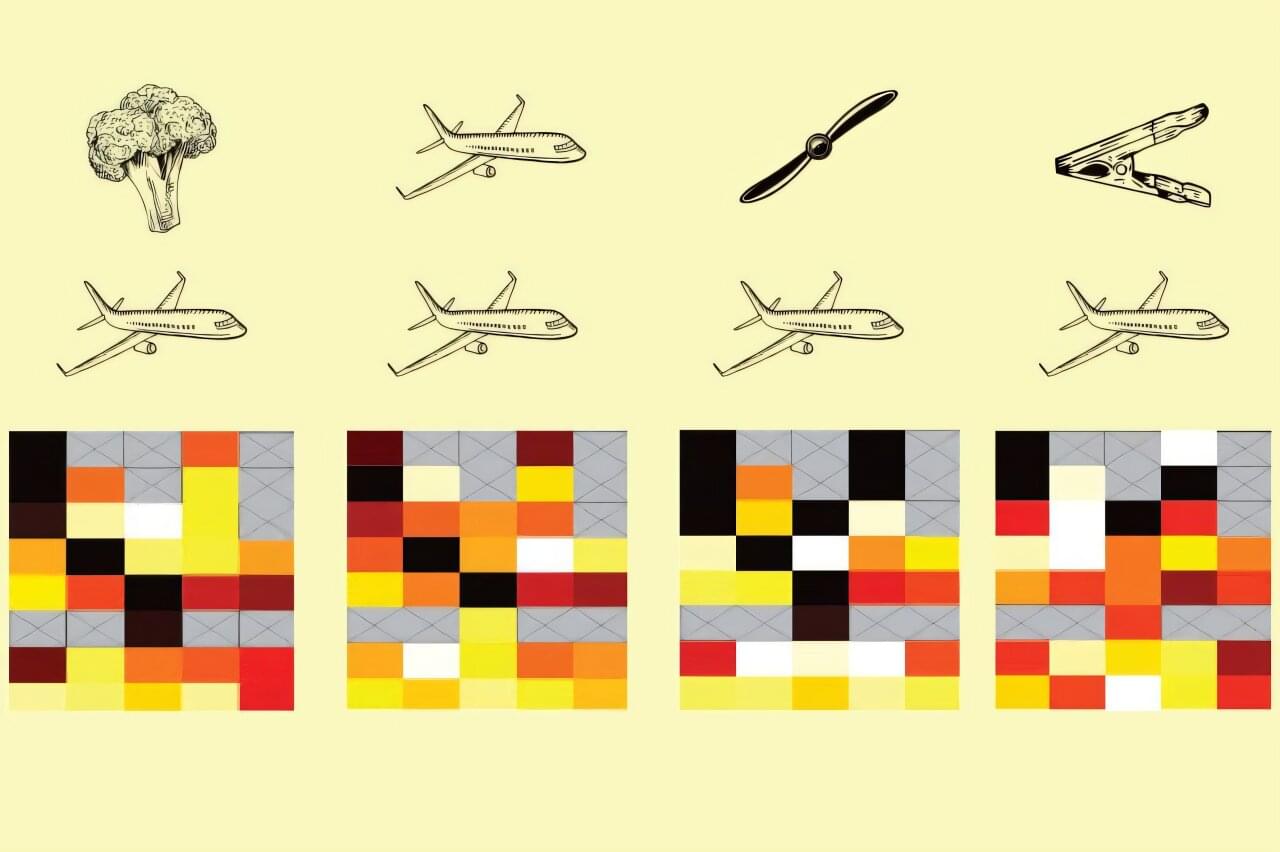Cells are constantly subjected to DNA damage from a range of internal and environmental sources. It is estimated that cells can experience as many as 100,000 DNA lesions per day. One of the most deleterious types of DNA lesions is the DNA double-strand break (DSB). Just one unrepaired DNA DSB may be enough to cause mutations or cell death leading to a wide range of pathologies including cancer, immune deficiency, premature aging and neurodegeneration.
To respond to the array of DNA lesions that occur, cells have developed a complex and coordinated series of steps involving DNA damage recognition, cell cycle arrest and signaling-induced activation of the DNA repair machinery—processes collectively referred to as the DNA damage response (DDR). In recent years, progress has been made in understanding how this process is initiated. However, the later stages of this process, including long range DNA end-resection, are not well understood.
In a new study published in Nature Cell Biology, researchers from Boston University Chobanian & Avedisian School of Medicine, Massachusetts General Hospital (MGH) and Harvard Medical School, identified several uncharacterized chromatin factors (proteins that regulate gene expression) that are recruited to sites of DNA damage, including the gene ZNF280A. Importantly, this gene is hemizygously deleted—meaning one of the two copies of alleles is missing—in a subset of patients with a human developmental syndrome called 22q11.2 distal deletion syndrome.
